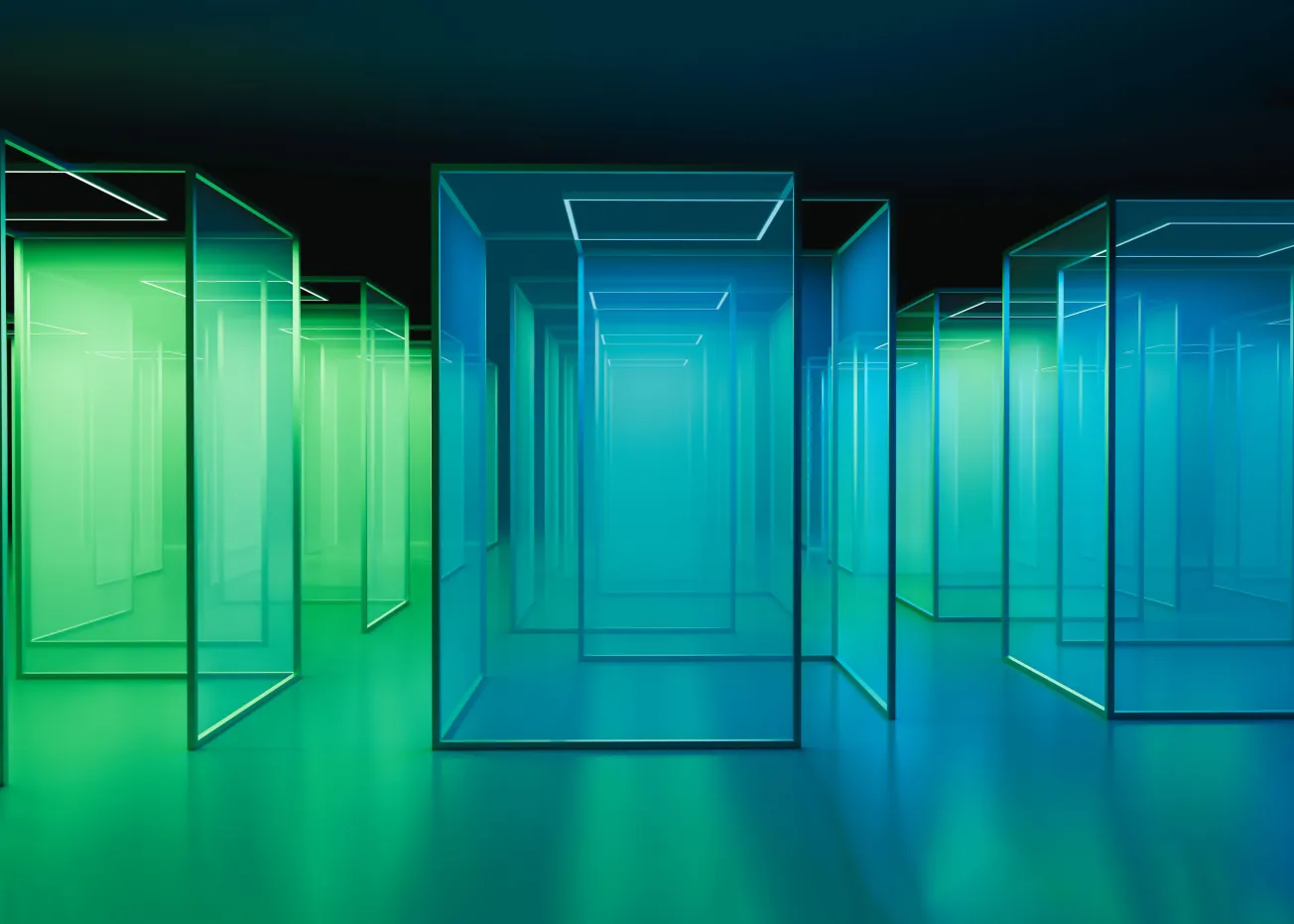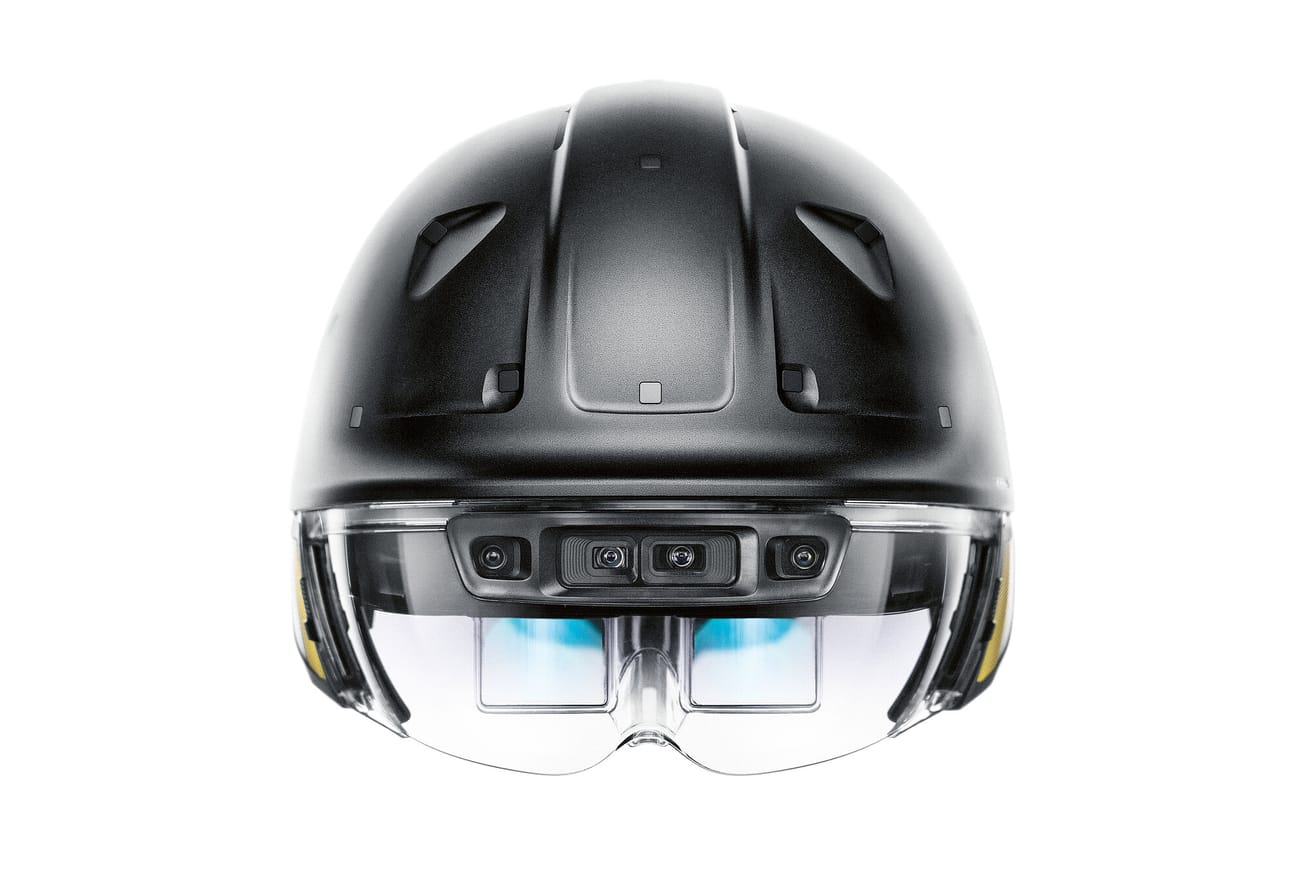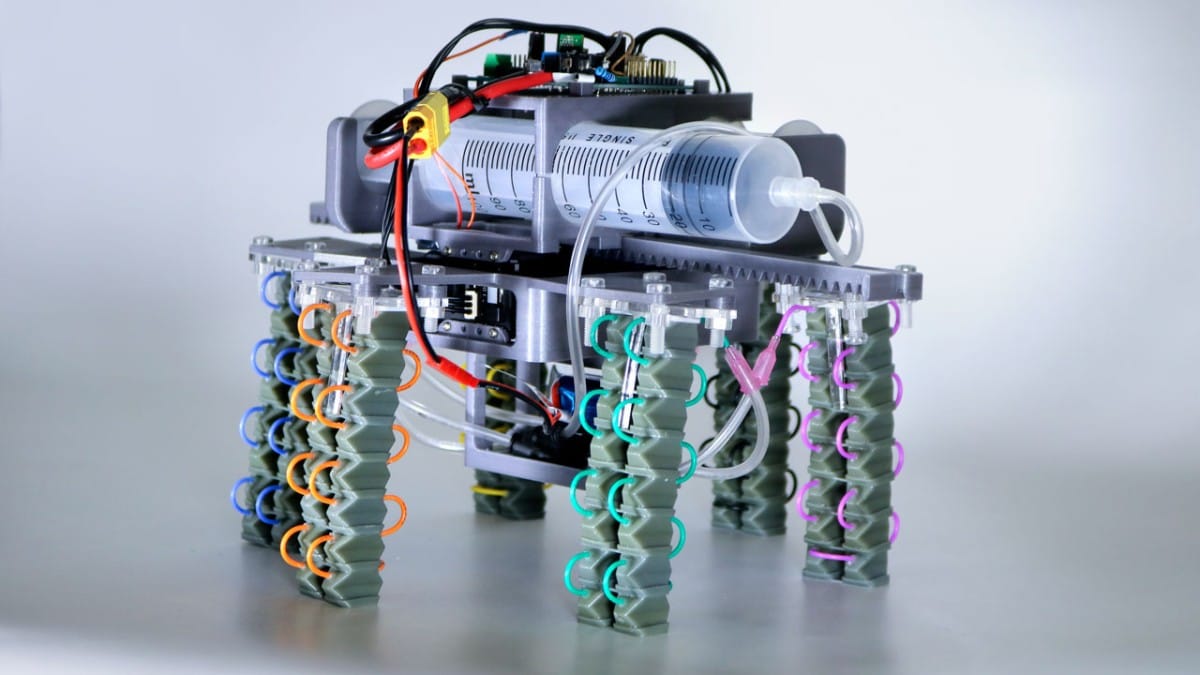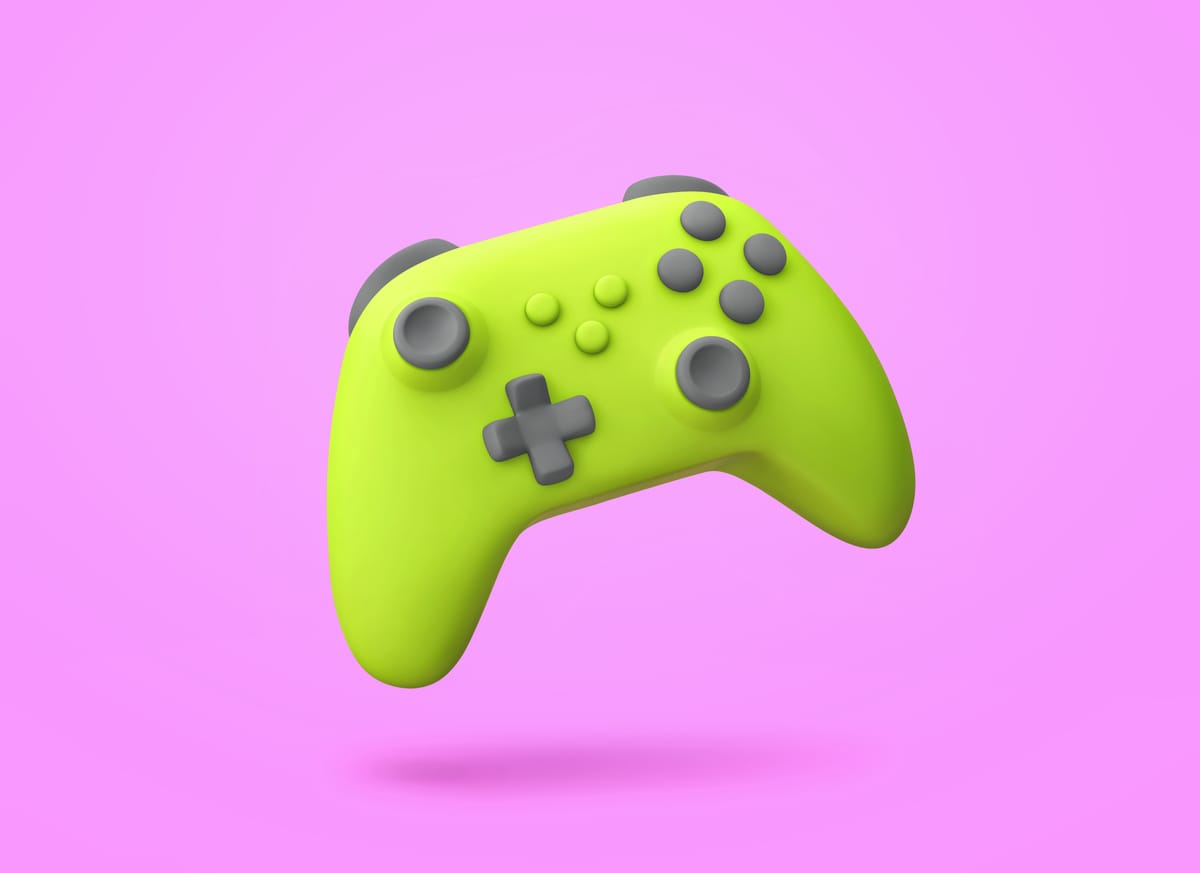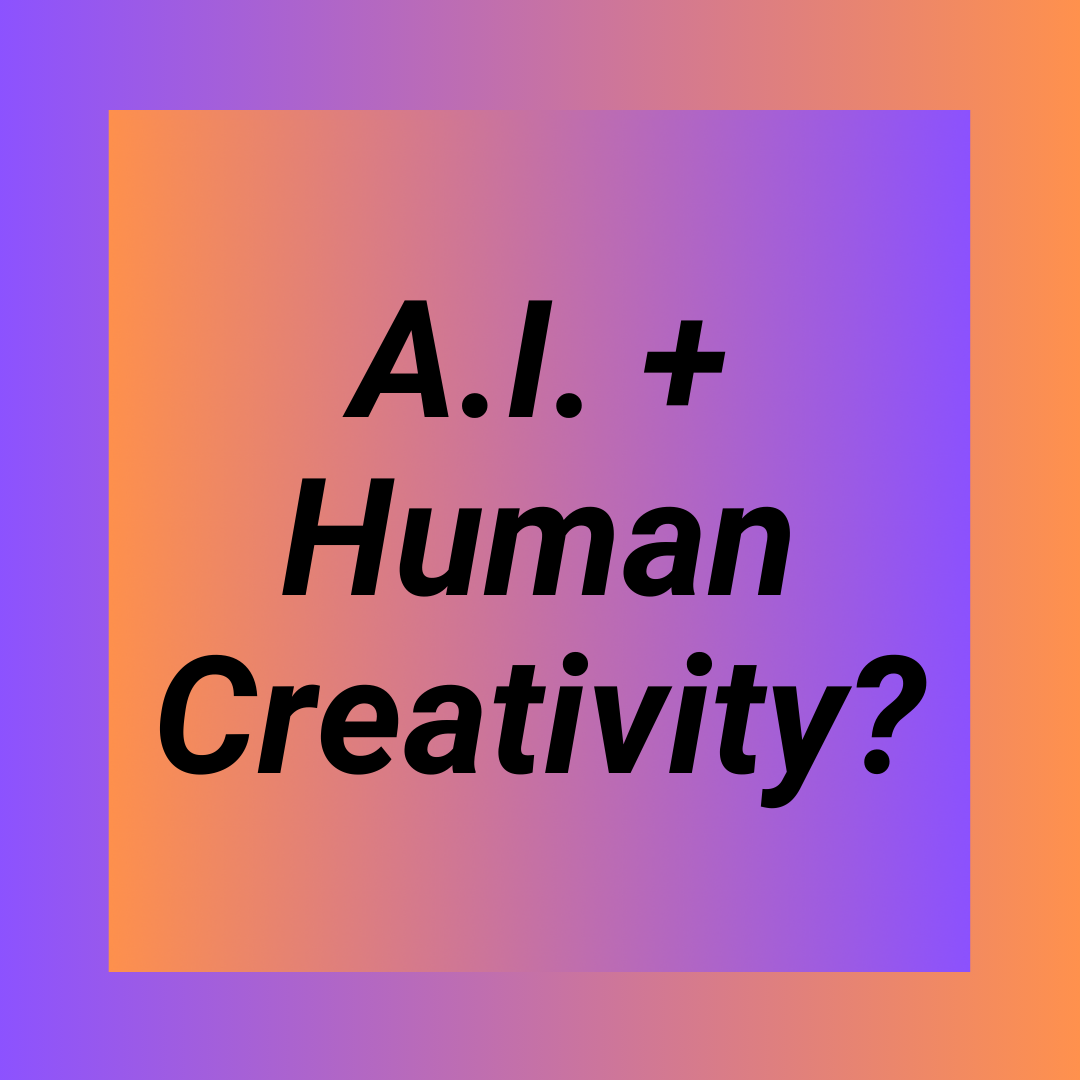Distributed design, a paradigm where creativity is decentralized and shared among a global community, is redefining how we conceive, create, and innovate. Fueled by advancements in technology and the need for remote collaboration, designers can now seamlessly collaborate across geographical boundaries. Cloud-based design platforms enable real-time collaboration, empowering designers to work together regardless of their physical location. This shift is breaking traditional design constraints and unlocking new creative possibilities.
Fueled by rapid technological advancements and the increasing demand for remote collaboration, distributed design is reshaping the way designers work together. The advent of cloud computing, virtual communication tools, and global connectivity has paved the way for seamless collaboration across geographical barriers. Designers are able to transcend traditional limitations, coming together in virtual spaces to share ideas, iterate on concepts, and co-create, regardless of their physical locations. This transformative shift is not just breaking down traditional design constraints but also ushering in a new era of cross-cultural collaboration and innovation, where expertise from around the world converges to shape the future of design.
Cloud-based design platforms are at the forefront of this transformation, revolutionizing the way designers collaborate. These platforms empower creative professionals to seamlessly collaborate on projects, breaking down geographical barriers and enabling true real-time collaboration. Regardless of their physical location, designers can engage in synchronized ideation, sharing concepts, sketches, and insights as if they were in the same room. The power of these platforms lies in their ability to facilitate seamless version control, ensuring that every contributor is working on the most up-to-date iteration of a project. Instant feedback loops further enhance the creative process, allowing for iterative improvements and adjustments in a dynamic and efficient manner. As the digital age continues to evolve, these cloud-based design platforms are propelling collaboration to new heights, redefining how ideas are born, refined, and ultimately brought to life.

Distributed design not only redefines collaboration but also taps into a global talent pool that knows no boundaries. This paradigm shift allows designers from a myriad of cultures, backgrounds, and areas of expertise to converge in shared virtual spaces, collectively shaping the future of design. This dynamic fusion of diverse talents injects projects with a wealth of fresh perspectives, breathing life into ideas that resonate across cultural divides. The global talent pool encourages the cross-pollination of ideas, leading to designs that embrace inclusivity, cultural richness, and contextual relevance. Through this innovative approach, design transcends its traditional limitations and becomes a harmonious tapestry woven with threads of global ingenuity.
The integration of virtual and augmented reality (VR/AR) technologies is ushering in a new era of collaboration for distributed design teams. With the power of VR/AR, designers can transcend traditional communication boundaries and step into immersive virtual environments where physical distances become irrelevant. These technologies enable the creation of shared spaces where distributed teams can convene, interact, and co-create in ways that mimic face-to-face interactions. Virtual meetings become more than video calls; they evolve into spatially dynamic experiences where designers can virtually gesture, sketch, and manipulate designs in real-time. 3D visualizations further enhance this immersive collaboration, providing a tangible sense of scale and depth that traditional communication methods cannot replicate. Through VR/AR, the limitations of physical space dissolve, giving rise to a new dimension of distributed design that fosters creativity and engagement, regardless of the geographical dispersion of team members.
Distributed design serves as a catalyst for a transformative collaborative ecosystem where the crossroads of knowledge-sharing and expertise converge. Designers can seamlessly tap into a vast global network of talent, effectively breaking free from the confines of traditional studio setups. In this expansive landscape, a powerful symphony of collective intelligence emerges. This dynamic exchange of ideas and perspectives propels innovation to the forefront as diverse minds collaboratively tackle complex challenges. The synergy that arises from such collaborative diversity paves the way for agile problem-solving, pushing the boundaries of what is deemed possible and offering new horizons for creative exploration. Through distributed design, innovation becomes more than an outcome; it becomes a living, breathing process that thrives on the wealth of shared expertise and collaborative synergy.
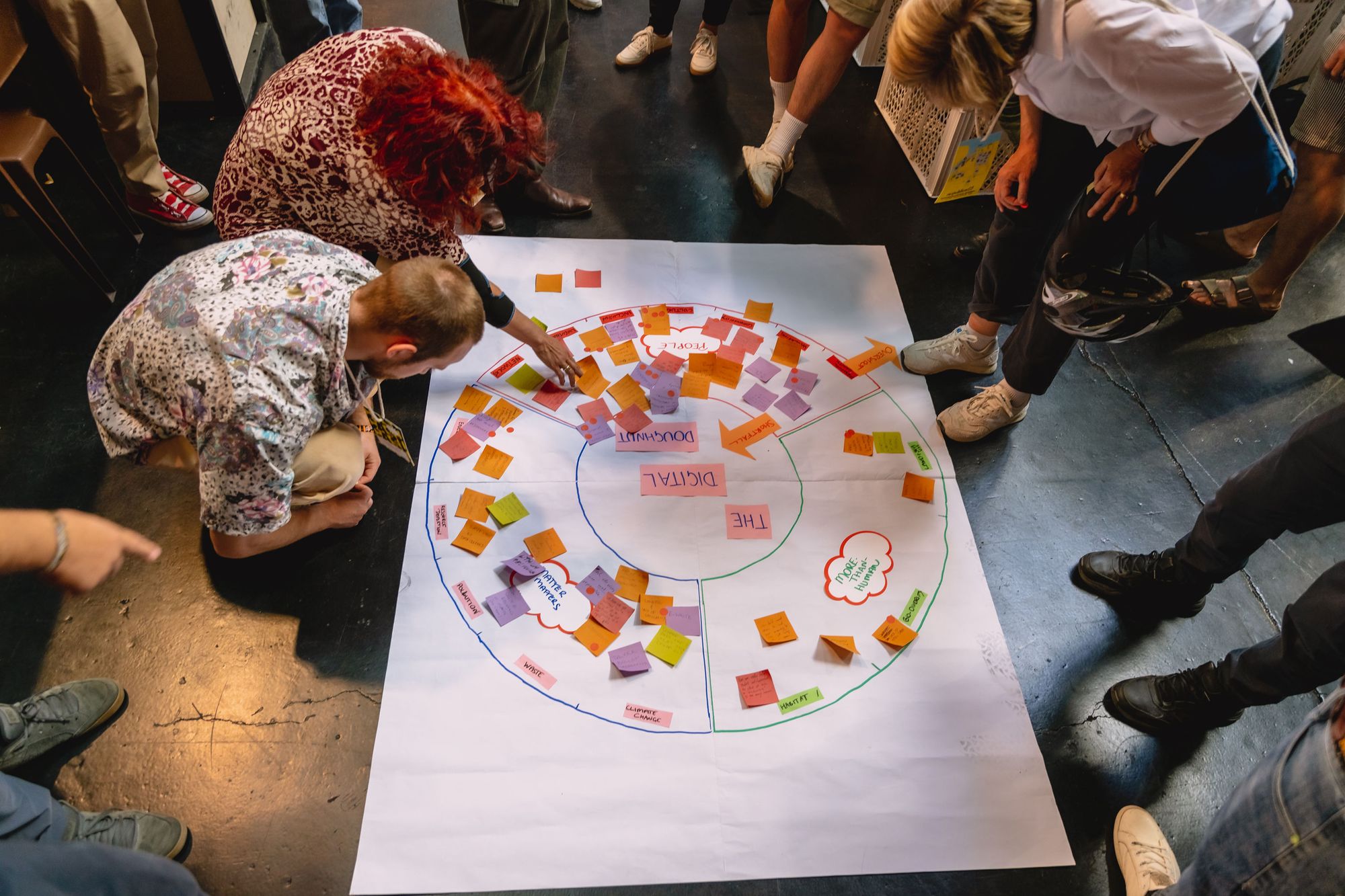
As technology continues to evolve, distributed design will only become more accessible and immersive - globally. The potential for cross-disciplinary collaborations, co-creation with users, and real-time data integration holds limitless possibilities for the design industry. A leading voice in this arena is the Distributed Design Platform. Based in the EU, Distributed Design Platform is an innovative initiative that promotes collaboration, sustainability, and accessibility in the design and manufacturing process. The platform serves as a hub for designers, makers, and enthusiasts to connect, share knowledge, and collaborate on projects using digital technologies and open-source principles. This platform embraces open design practices and multifaceted forms of collaboration.
Distributed design is not just a trend; it's a vision for a future where creativity transcends borders and limitations. It's a model that celebrates the collective genius of humanity, where diverse voices and perspectives converge to shape a more inclusive and innovative world.
As we look ahead, it's clear that the power of distributed design extends far beyond individual creations. It's a pathway to solving complex problems, driving social change, and fostering a global sense of community. In this collaborative future, the playground is vast, and the possibilities are boundless. It's a world where creativity knows no bounds and where the distributed design becomes the heartbeat of innovation, technology, art, and society.


